10 Exoplanets That Could Host Alien Life
Introduction
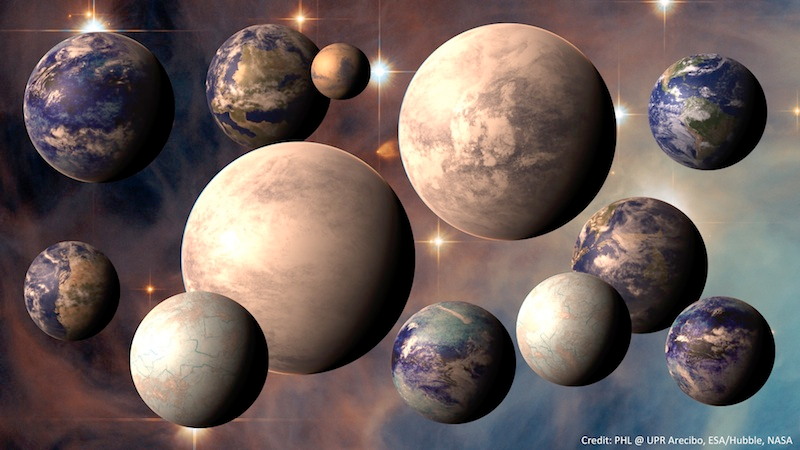
As of April 2014, the Habitable Exoplanets Catalog lists 21 planets that have the best chance for life beyond our solar system. Not all of these planets are confirmed, and there's still a lot to learn about their environments. But the catalog gives astrobiologists a great place to start when talking about life beyond Earth.
Here's a list of 10 of the planets we know of that are most likely to host alien life, according to the University of Puerto Rico at Arecibo.
Kepler-186f
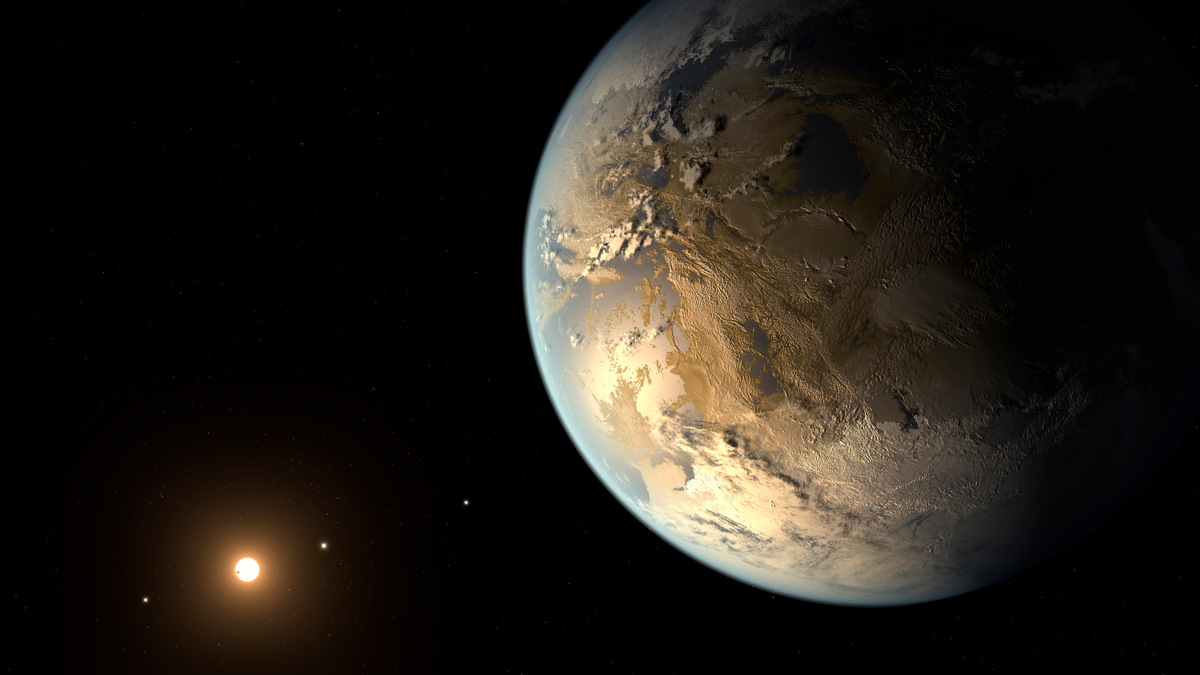
Kepler-186f is the first truly Earth-size exoplanet ever found in its host star's habitable zone. The alien world, which lies 490 light-years from Earth, is just 10 percent bigger than our own planet and is almost certainly rocky.
Gliese 581g
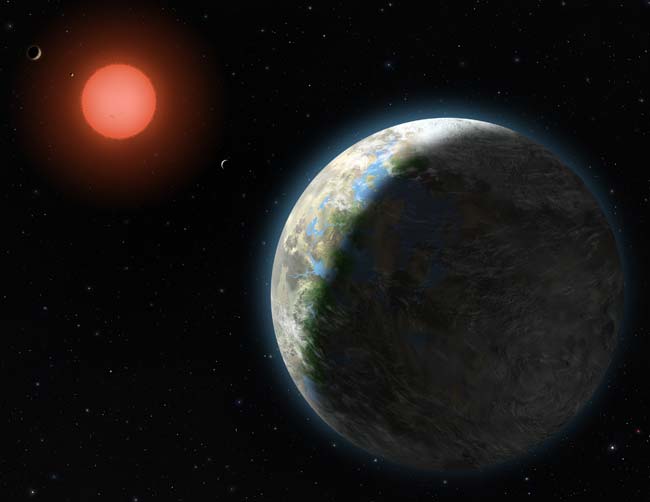
This planet is a controversial find. It was discovered in 2010, but there has been difficulty in getting it confirmed. Still, the University of Puerto Rico at Arecibo calls Gliese 581 the top candidate for alien life. If confirmed, this rocky world is about 20 light-years away from Earth's sun, and is two to three times as massive as Earth. It orbits its parent star, Gliese 581, about every 30 days in the constellation Libra.
Gliese 667Cc
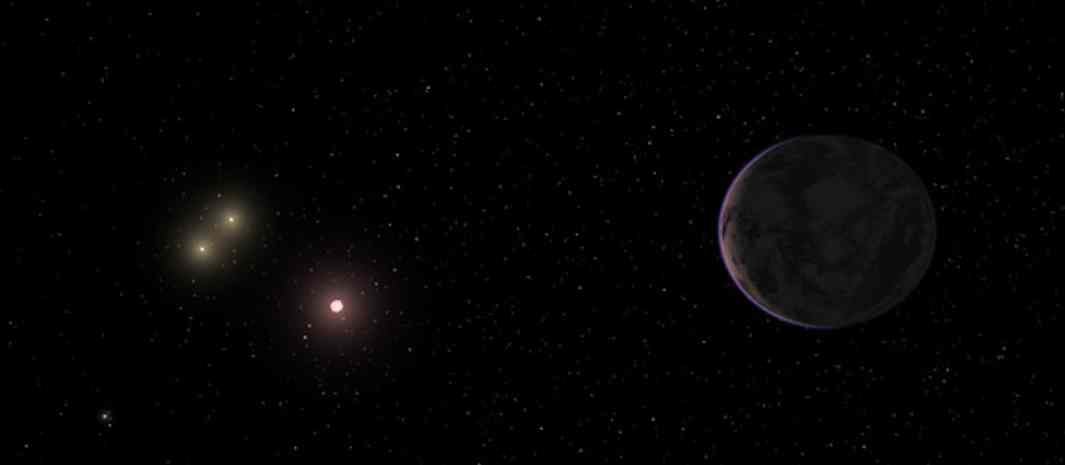
Another "super-Earth", Gliese 667Cc is also close by Earth: about 22 light-years away in the constellation Scorpius. The planet is at least 4.5 times bigger than Earth, and takes 28 days to make an orbit around its parent star. GJ 667C – the parent star – is actually part of a triple-star system. The star is an M-class dwarf star that is about a third of the mass of Earth's sun.
Kepler-22b
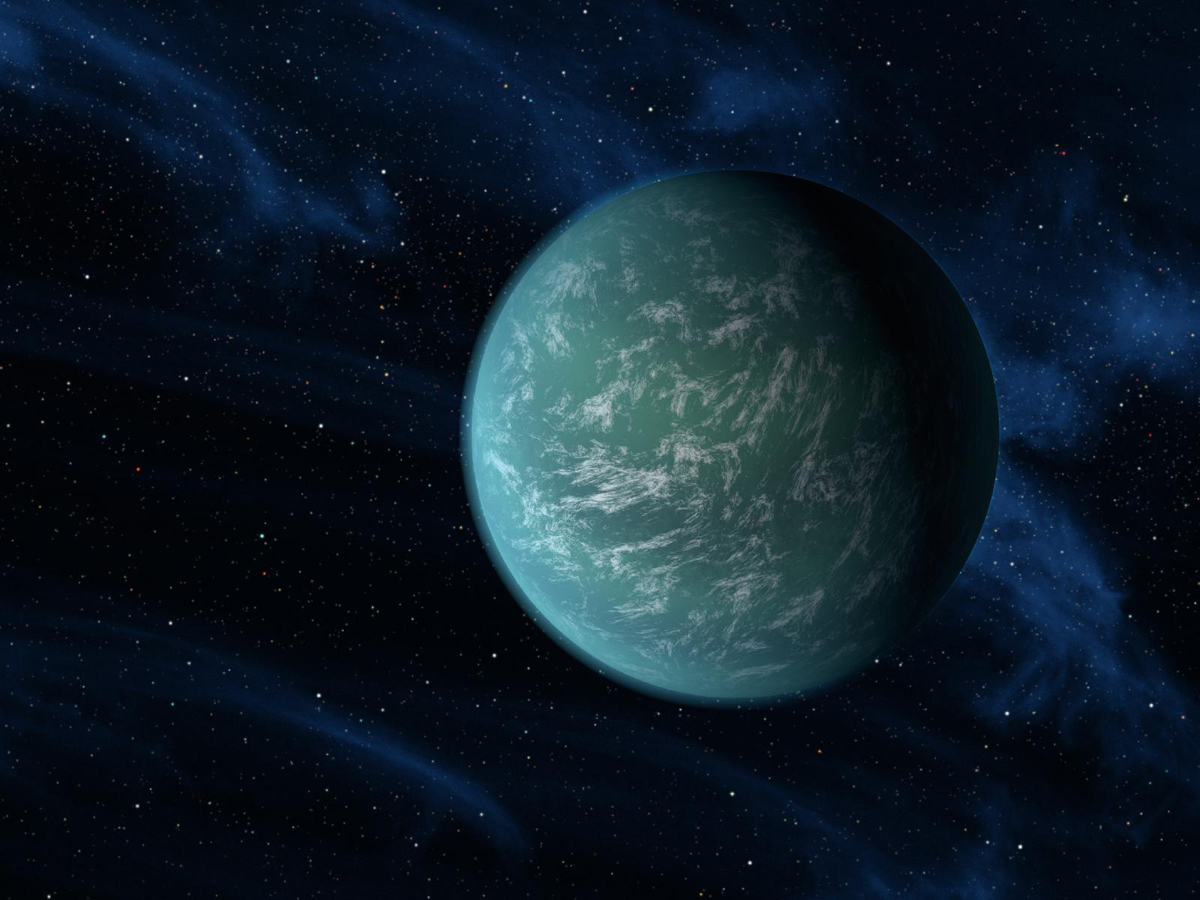
While Kepler-22b is bigger than Earth, it circles a star that is quite close in size and temperature to Earth's sun. Kepler-22b is 2.4 times Earth's size and, assuming its greenhouse effect is similar to Earth's, has an estimated surface temperature of 72 degrees Fahrenheit (22 degrees Celsius.) Its star system is about 600 light-years away from Earth's sun, in the constellation Cygnus.
HD 40307g
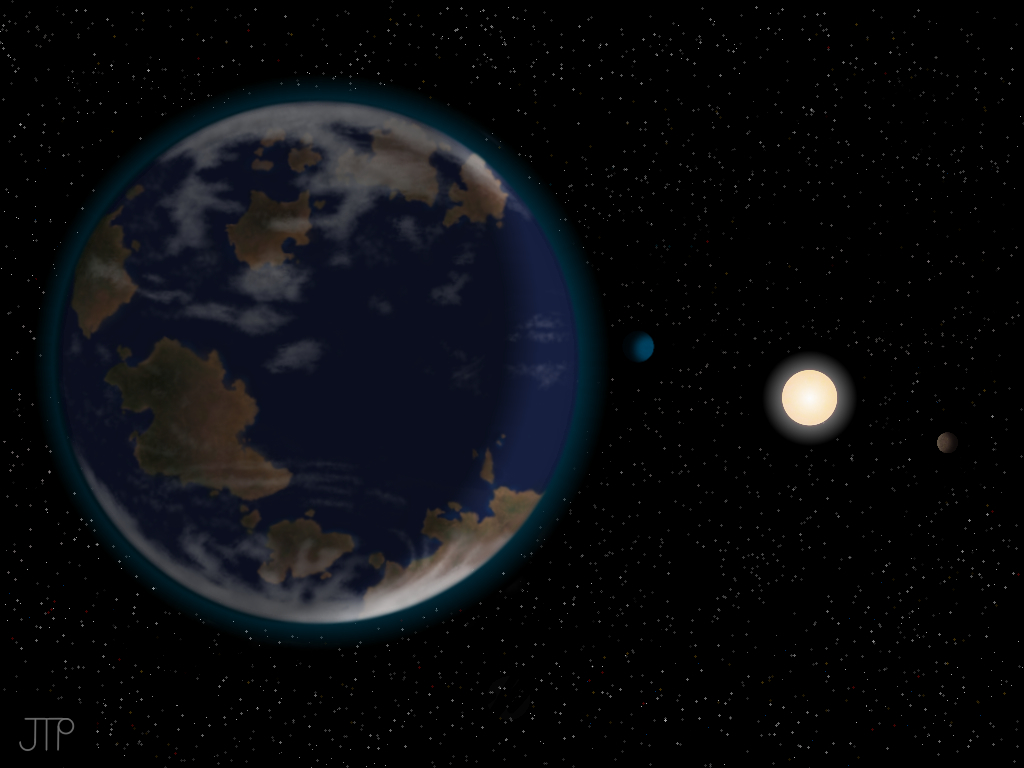
"Super-Earth" HD 40307g orbits comfortably inside the habitable zone of its parent star. It lies about 42 light-years away from Earth in the constellation Pictor. It is so close by that future telescopes may be able to peer at its surface. It orbits its parent star about 56 million miles (90 million kilometers) away, which is just over half of the Earth-sun distance of 93 million miles (150 million kilometers.)
HD 85512b
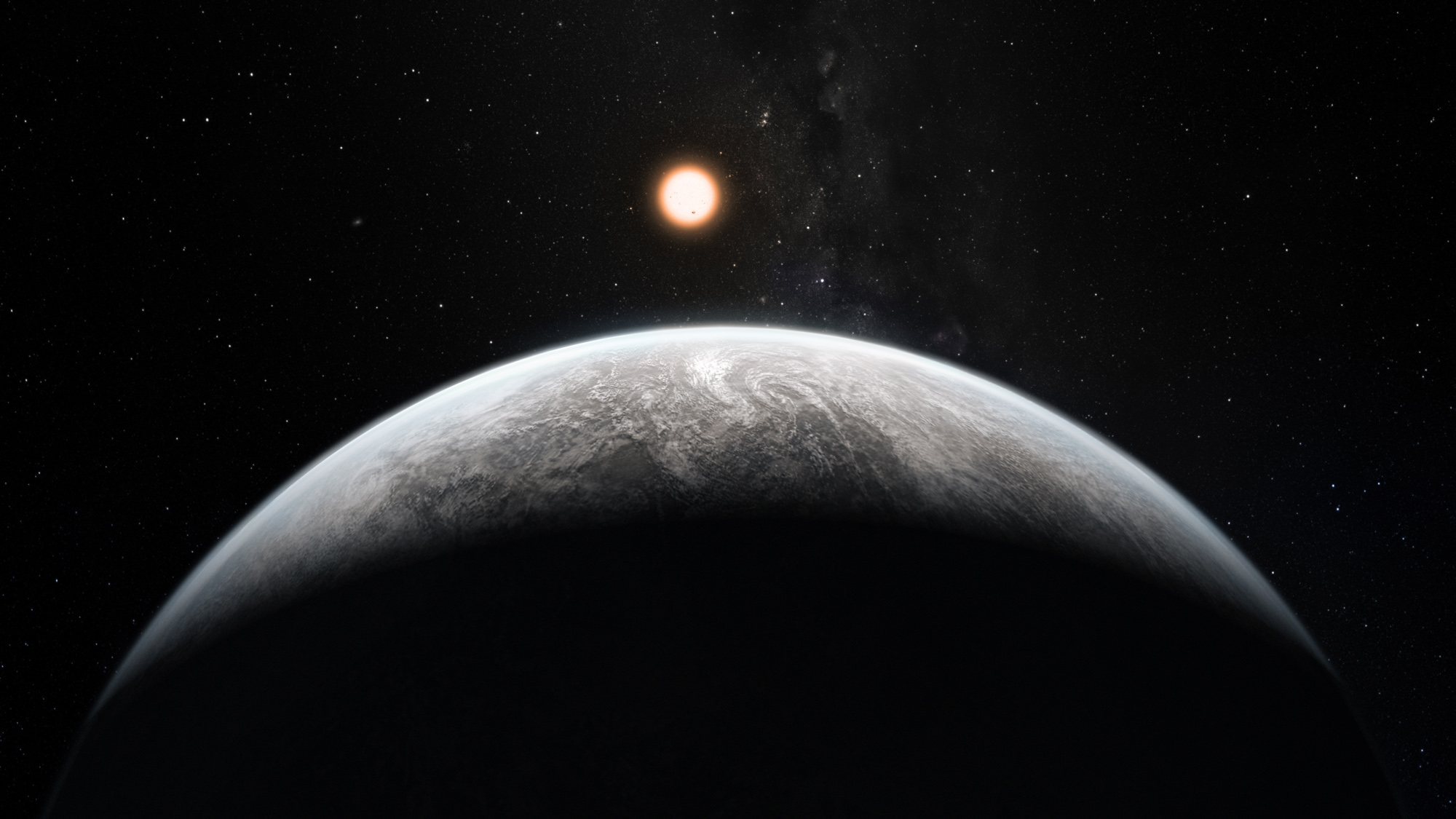
HD 85512b was announced in 2011 as part of a treasure trove of 50 planets discovered by the High Accuracy Radial velocity Planet Searcher instrument, or HARPS, in Chile. This planet is about 3.6 times more massive than Earth. It lives about 35 light-years away from Earth's sun, in the constellation Vela (the Sail). Researchers are hoping to one day figure out if there is water on its surface.
Tau Ceti e
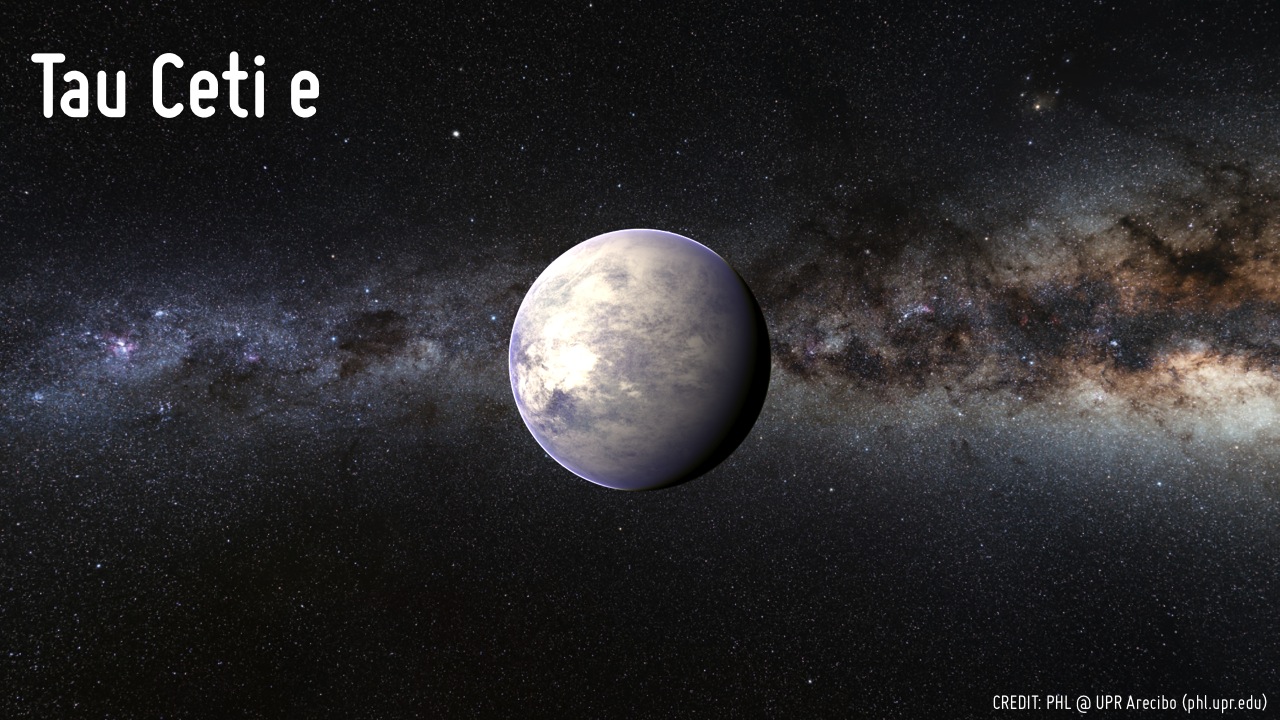
The planet candidate Tau Ceti e, which was detected in December 2012, is found just 11.9 light-years from Earth. This world is a "super-Earth" at least 4.3 times as massive as Earth. Depending on its atmosphere, Tau Ceti e could be a mildly hot planet suitable for simple life, or a scorching world like Venus.
Gliese 163c
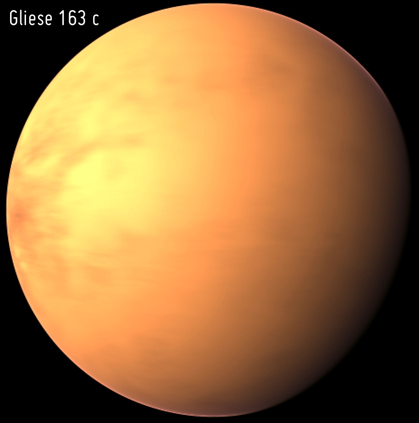
The mass of Gliese 163c puts the planet in a gray zone. The planet is seven times the mass of Earth, which could make it a very large rocky planet or a dwarf gas giant. Gliese 163c whirls around its dim planet star every 26 days, at a distance of 50 light-years away from Earth. Its parent star is in the constellation Dorado.
Gliese 581d
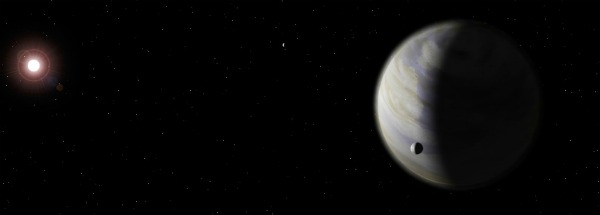
At least one study supposes that Gliese 581d might have a thick, carbon dioxide atmosphere. It is about seven times more massive than Earth, orbits a red dwarf star, and is a sister planet to the also-potentially-habitable Gliese 581g. At just 20 light-years away from the sun, Gliese 581d is essentially in Earth's backyard.
Tau Ceti f
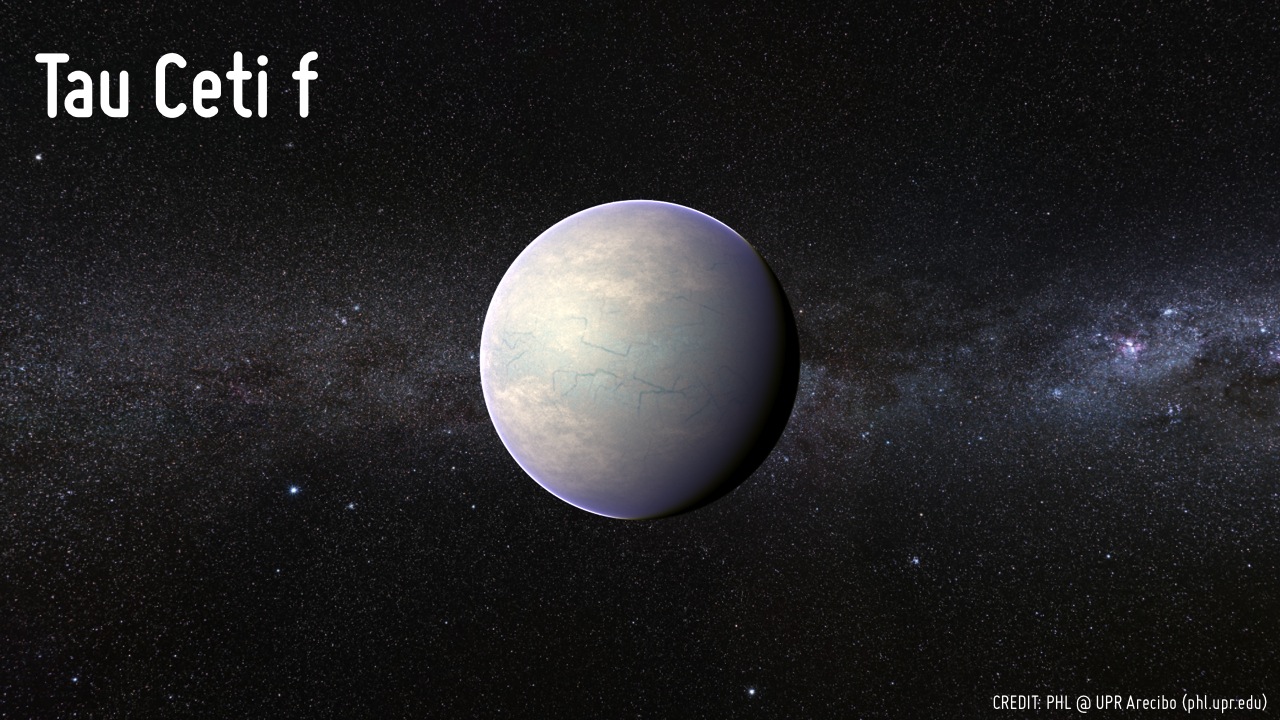
Tau Ceti f is a super-Earth candidate like its sibling Tau Ceti e, but it orbits close to the outer edge of Tau Ceti's habitable zone. Tau Ceti f is at least 6.6 times as massive as Earth and could be suitable for life, if its atmosphere traps significant amounts of heat.
Join our Space Forums to keep talking space on the latest missions, night sky and more! And if you have a news tip, correction or comment, let us know at: community@space.com.
Get the Space.com Newsletter
Breaking space news, the latest updates on rocket launches, skywatching events and more!

Elizabeth Howell (she/her), Ph.D., was a staff writer in the spaceflight channel between 2022 and 2024 specializing in Canadian space news. She was contributing writer for Space.com for 10 years from 2012 to 2024. Elizabeth's reporting includes multiple exclusives with the White House, leading world coverage about a lost-and-found space tomato on the International Space Station, witnessing five human spaceflight launches on two continents, flying parabolic, working inside a spacesuit, and participating in a simulated Mars mission. Her latest book, "Why Am I Taller?" (ECW Press, 2022) is co-written with astronaut Dave Williams.
